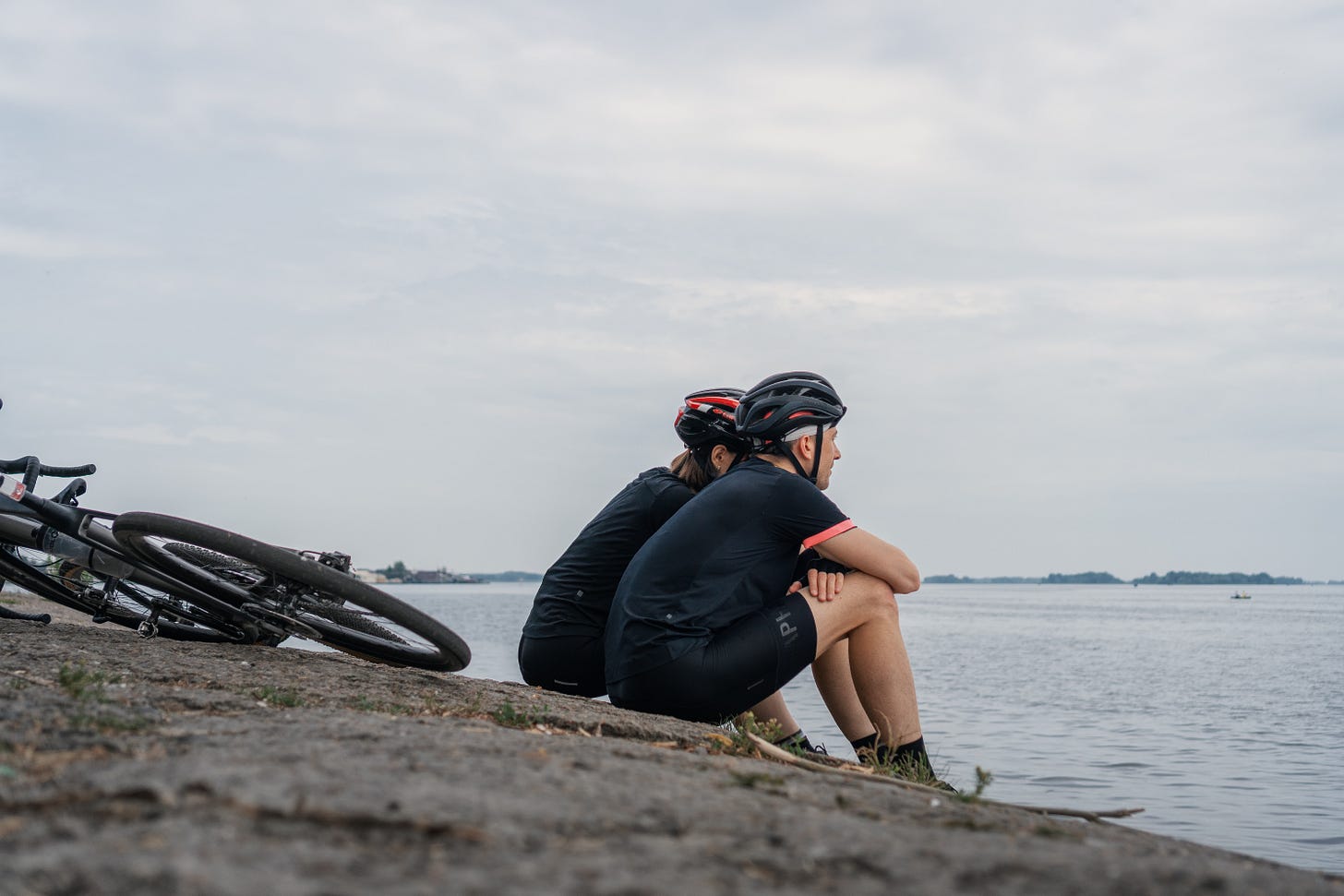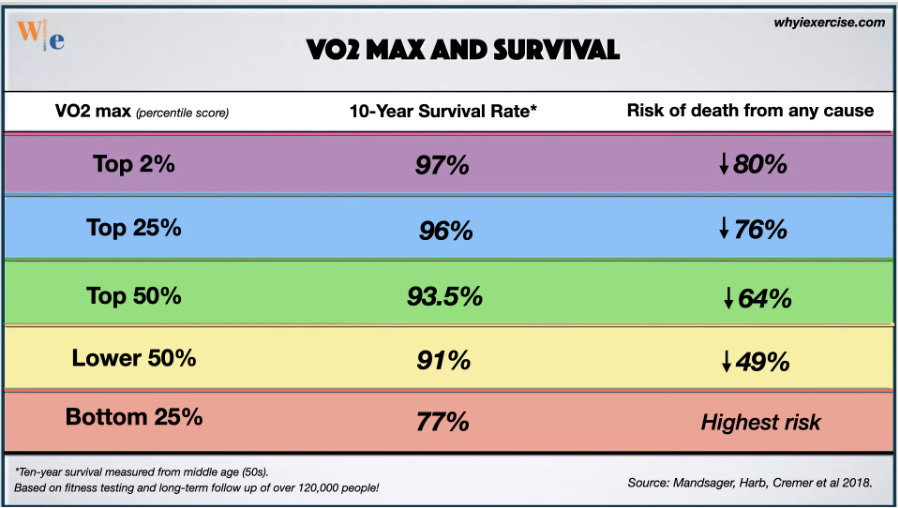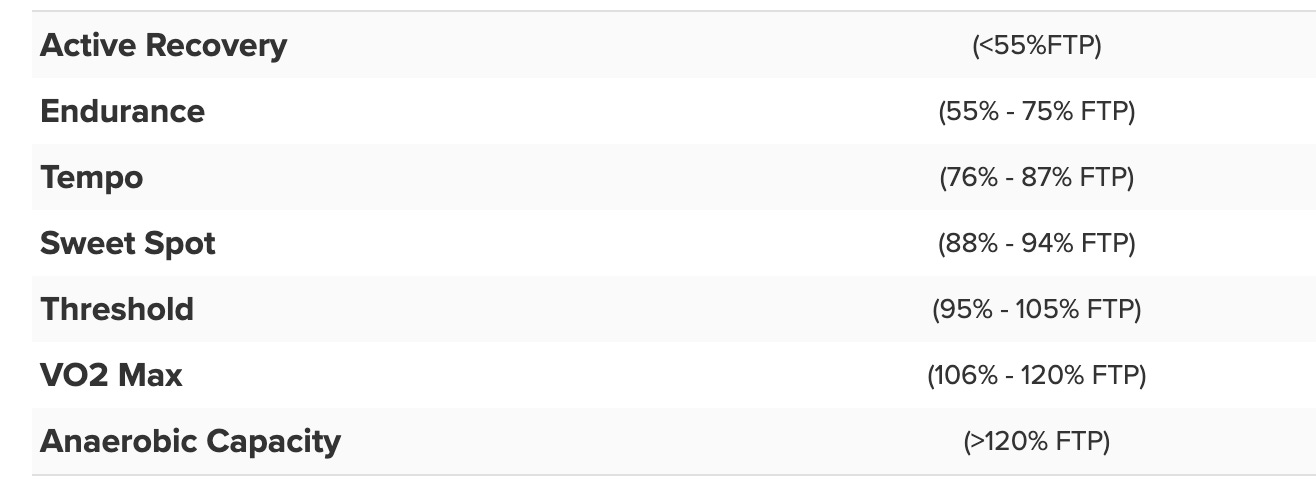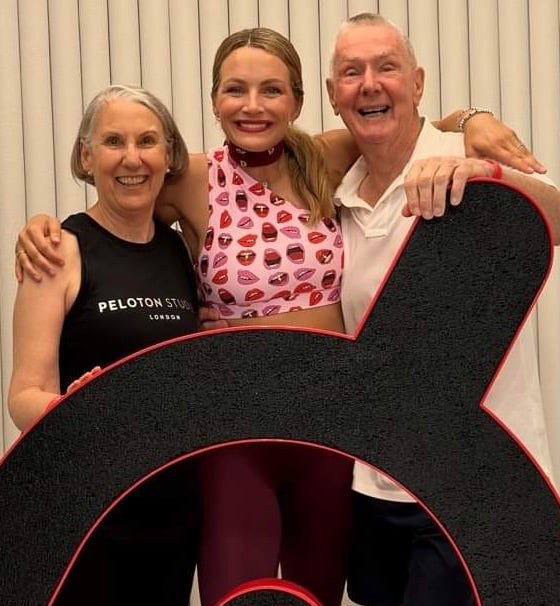If you have followed me for a while, you know I am pretty fixated on fitness as I age. I am also a tracker. I love a spreadsheet, and I have some pretty good streaks, including an over 1800-day measuring streak on HRV.
I am always looking for ways to Age with Attitude.
So when I recently checked my Apple Watch VO2 Max reading, I was a little shocked. The last time I looked, just before COVID, it was around 40, and I took it for granted. It was good, and I presumed it would stay that way. I was 63 at the time. To put that in perspective, the figures for female demographics are:
Since then, it has been sliding and now rests at 32. I missed the slide because I wasn’t actively tracking. My doctor would tell me that’s great for my age. In fact, the demographic chart still has me in the Excellent category with a 96% 10-year survival rate from all causes. But that’s a slip from Superior.
This Cleveland Clinic study of 122,000 people found that athletic types in their 50s have a 96% or higher 10-year survival rate. Contrast that with poorly fit people, and that declines to 77%.
Athletes have been using VO2 Max as a key performance measure forever. However, it’s been an underrated measure of health and longevity. That’s changing rapidly.
It matters as we age.
Increasing your overall level of cardiovascular fitness is associated with benefits such as:
Reduced risk of heart disease, stroke. diabetes, and cancer
Improved mood
Better sleep
Better quality of life
Increased lifespan
The higher your VO2 max (or cardio fitness), the easier it is to tolerate long, intense exercise sessions like those serious hikes on your bucket list.
What is VO2 MAX?
VO2 is an index of the body's efficiency at producing work. Let’s call it aerobic fitness. It is the ‘gold standard’ measure of fitness (cardiovascular endurance).
Many factors can influence your ‘maximum VO2’ referred to as VO2 Max, e.g. heredity, training, age, gender, and body composition. Men generally have a VO2 Max higher than women, and VO2 Max declines around 2% a year after age 30.
How do I know what my VO2 Max is?
There are a number of manual ways to measure VO2 Max. This article outlines a number of ways to calculate it without using technology.
But the easiest way is to check your Apple Watch. It automatically measures it while you are walking or running outside. It will not measure while running on a treadmill or riding a stationary bike. I wish I could measure it on my stationary bike, but it needs a lab test with breathing apparatus and a serious cash outlay. Leaving it to the athletes, I am happy with my Apple watch measure.
Can I improve my VO2?
I’m at the ‘I need to improve this sucker’ stage. Is it even possible to improve VO2 Max, or am I doomed to a VO2 Max slide into oblivion? I have some serious unticked bucket list hikes.
I thought I was pretty fit, but I do not see it reflected in my VO2 max. So what is missing?
My research led me down a rabbit hole. Science has, until recently, been stuck in the belief that VO2 Max is static (or sliding with age) for an individual. However, a growing group of athletic coaches is proving this theory wrong. That’s good news for all of us, not just elite athletes.
Cycling Coach Chad Timmerman spelled it out….
He explained the aerobic system is composed of a number of very inter-related elements:
O2 comes in via the nose or mouth to the lungs
Lungs exchange O2 with blood vessels to the heart
Heart pumps O2 around the body to muscles
Muscles take up O2
Cellular mitochondria spit out energy
Legs pedal faster
Or, as the cyclist on the panel explained - into lungs, into legs!!
Remember from school biology that mitochondria are the powerhouses of the body and produce ATP, which is essentially the energy that powers our ‘work’, daily movement or a bucket list hike.
Every aspect of this system can be improved, so it is logical that overall VO2 Max can be improved.
He provides examples of athletes who have proven the new theory of trainability, including this inspiring one:
A 101 - yes 101-year-old - veteran with a VO2 Max of 30, superior for his age, who decided to train for improvement. In 2 years of 100 miles a week running, he increased his VO2 Max by 13%.
Age is no excuse.
How do I improve my VO2 Max?
Whether Elite or Centenarian athlete….
Two frameworks can be used to train, both employing a zoned approach.
1. Heart Rate Training
Heart Rate is divided into 5 Zones. You calculate your maximum heart rate by using the formula 220-your age. Then calculate the zones from the percentages below. They are age-dependent rather than fitness dependent.
2. FTP (Functional Threshold Power) Training
Most cyclists use FTP training, but runners could use it as well. Your FTP is based on your level of fitness rather than your age and is more accurate for an individual.
An elite cyclist warms up, then goes flat out for an hour! The average output, measured in watts, is their FTP. There are seven zones for FTP training as follows:
Under both methods, in simple terms, the approach is to spend most of your time in Zone 2 of your chosen modality (training endurance).
The other component is some form of HiiT training. This is where you know you are alive!
The theory is that ‘Zone 2/3’ training builds new mitochondria, and ‘Zone 5/6/7’ HiiT and or Interval training improves the quality of those power-delivering mitochondria. So both are essential to overall fitness.
Here are a couple more things you need to know. VO2 max is measured in millilitres of oxygen used in one minute per kilogram of body weight (mL/kg/min).
If you think about that, you will realise that body composition matters to the result. The more weight, the lower the VO2 Max.
Secondly, muscle matters. Muscle cells contain more mitochondria within their cells, and these mitochondria produce more ATP. On the other hand, fat cells do not require as much energy to function, so they do not have as many mitochondria. Wasted cells!!
Stay tuned for an article on some exciting new tech I am testing that easily and accurately measures body composition.
Why I love my Peloton…
Peloton delivers FTP training. I can take an FTP test (over 20 minutes rather than the hour required by elite athletes. Phew!!)
I then take their Power Zone programs, which comprise Zone 2 and 3 rides to build new mitochondria, and HiiT rides at Zones 4-7 to increase the quality of the mitochondria, all in a controlled environment.
A Power Zone bar on my screen shows me the specific zones, as the instructor calls them. I control the level of cadence and resistance to stay in that zone.
Every six weeks or so, I can retest my FTP. Peloton will automatically adjust my FTP number and zones on the screen. I still ride to Zone 2, but the output is higher as I have trained my muscles to the higher outputs.
Strength training is also key to building muscle as I age. It will contribute to mitochondrial function, aerobic fitness and, ultimately, VO2 Max.
I started Power Zone Training when I first got my Peloton bike in late 2021, but I acquired an overuse knee injury through not adhering to the structured approach I have outlined above. Not able to cycle, I walked a lot and got my Zone 2 training in, but Zone 5 and strength training were missing.
A physiotherapist helped educate me on the overall approach. It’s taken a long time to recover from that injury. I have just spent eight weeks hiking the English countryside with loads of Zone 2 walking with small doses of Zone 5 on some steep climbs, finally without knee issues.
But a Peloton studio ride with Leanne Hainsby last weekend reminded me I’m looking for some HiiT and Hills.
I will be home to Australia in a little over a week with an invigorated passion for my Peloton bike and Peloton Power Zone, strength, and pilates training to continue to Age with Attitude.
In fact, Peloton has just released a free version of their app, so there is no excuse not to start a Peloton journey. You will not be disappointed. You will join a growing band of oldsters defying the odds.
What can we learn from athletes to age well?
In a recent article on VO2 max, longevity expert Dr Peter Attia states that moving VO2 Max from low to above average results in a 60% to 70% reduction in mortality. This is a huge improvement and is completely under your control.
According to Attia, to be a Centenarian athlete, you must also optimise against injury by building quality muscle and never stop training.
My favourite Substack reads this week:
The Hardest Part About Getting Old That Took Me 25 Years to Learn by Tim Denning, Unfiltered
Hard Workout? You Need Your Rest by Robert Roy Britt, Wise & Well
Advertising is even more ageist than you thought by Erica Manfred, Snarky Senior










Wow. Great article. Ive previously only thought of VO2 max in younger, elite athlete populations. Wish the industry focused on this instead of meds.
My watch tells me mine is 49, but not sure how accurate that is!